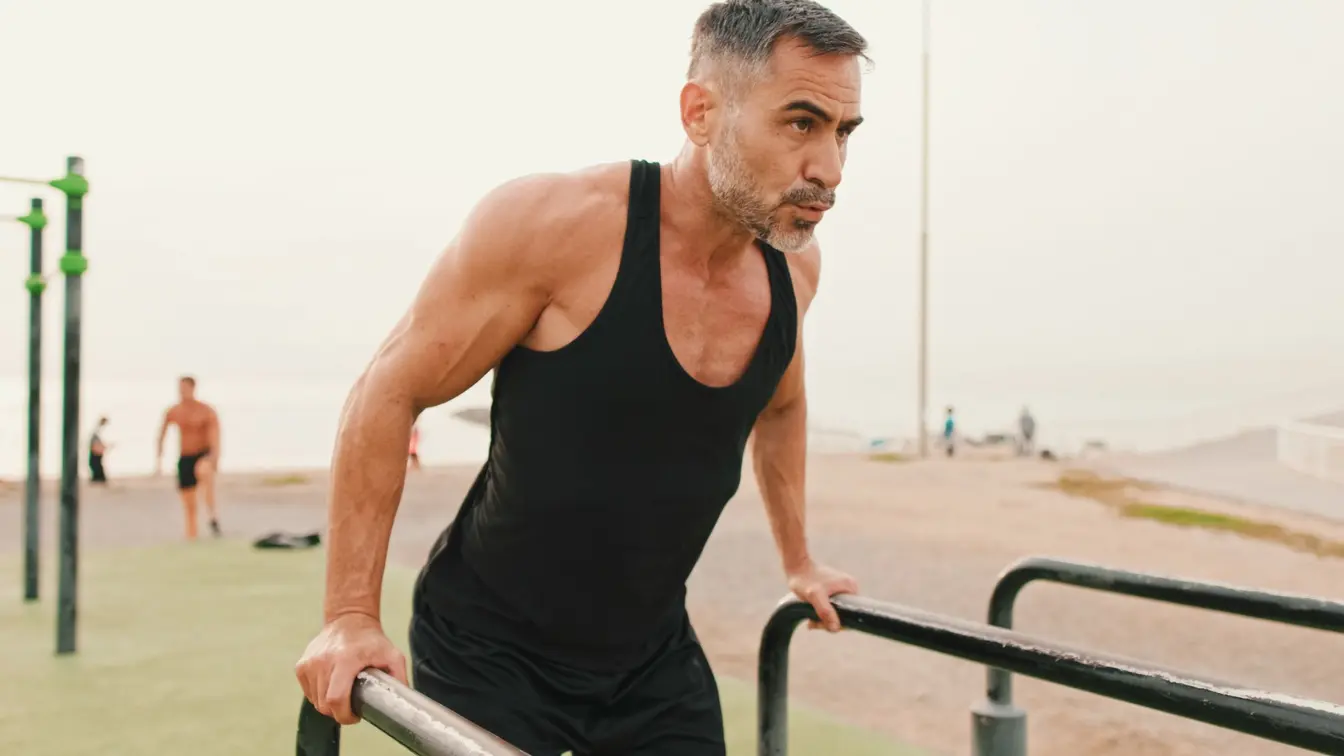T4K3.news
New core stability guide
A trainer shares three moves to improve balance and posture at home.

A trainer outlines three moves to boost balance and core stability for everyday life.
Build better balance with these three core stabilizing movements
A fitness trainer explains three core stabilizing movements to improve balance and posture. The plan focuses on engaging core muscles to support the spine and pelvis and reduce injury risk. The trio includes bird dog, dead bug, and plank, each done in sets and holds that challenge stability.
Bird dog starts on hands and knees with hips square and a neutral spine, then extends the opposite arm and leg before returning to the floor. Dead bug is performed on the back with the lower back pressed to the floor, then an arm and the opposite leg are extended while keeping the back flat. Plank is held on the forearms with a straight body, hips level and core engaged, with a progression that may lift a limb for more challenge. Form tips emphasize avoiding back arching or twisting the hips. The routine aims to train balance and require coordination from both sides of the body.
Key Takeaways
"Core stability supports a healthy spine and pelvis, improves athletic performance, and enhances balance and coordination."
Nin describes the benefits of core stability.
"It prevents injuries in the back, hips, knees, and shoulders by stabilizing joints and controlling movement patterns."
Nin on how stability protects the body.
"Good core stability helps to make functional movements like bending, twisting, reaching and carrying easier to do."
Nin on daily life advantages.
"These three movements challenge your balance and require you to engage each side of your body individually."
Nin on the design of the routine.
The exercises highlight a trend toward functional, accessible fitness. They can be done at home without equipment, making balance work a common goal for beginners and regular exercisers alike. Safety matters, too; performing these moves with poor form can strain the back or neck, especially for new trainees. The piece suggests a quiet shift: people want practical, repeatable practices that improve daily movement, not just gym PRs. In short, balance training is moving from niche to normal.
Highlights
- Balance lives in the little precise moves
- Consistency beats intensity in building stability
- Small steps build strength that lasts
- A steadier core makes daily tasks easier
Small steps build lasting balance.
Enjoyed this? Let your friends know!
Related News
Pixel 10 Series Preview

Warriors face incomplete offseason as Kuminga decision looms

iPhone 17 Pro Max Ready for Pre-Order

Longevity exercises

Top 25 college football bets preview

Five expert exercises for over 60

One UI 8 Beta 6 poised to fix key issues

St Louis CITY SC parts ways with sporting director
